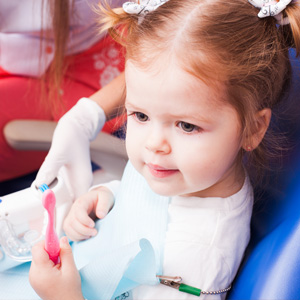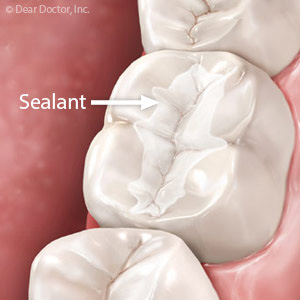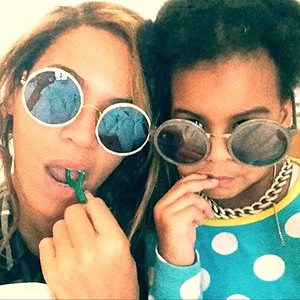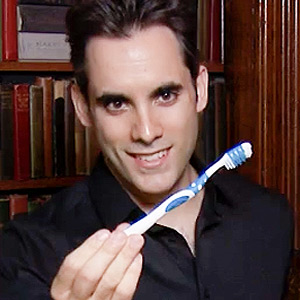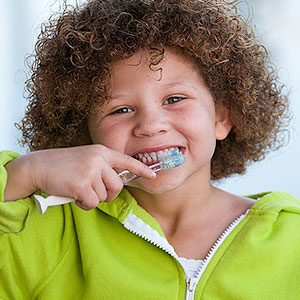

Fluoride is an important part of your child’s dental development. But if children take in too much of this important mineral, they could experience enamel fluorosis, a condition in which teeth become discolored with dark streaking or mottling.
That’s why it’s important to keep fluoride levels within safe bounds, especially for children under the age of 9. To do that, here’s a look at the most common sources for fluoride your child may take in and how you can moderate them.
Toothpaste. Fluoridated toothpaste is an effective way for your child to receive the benefits of fluoride. But to make sure they’re not getting too much, apply only a smear of toothpaste to the brush for infants. When they get a little older you can increase that to a pea-sized amount on the end of the brush. You should also train your child not to swallow toothpaste.
Drinking water. Most water systems add tiny amounts of fluoride to drinking water. To find out how much your water provider adds visit “My Water’s Fluoride” (//nccd.cdc.gov/doh_mwf/Default/Default.aspx) online. If it’s more than the government’s recommendation of 0.70 parts of fluoride per million parts of water, you may want ask your dentist if you should limit your child’s consumption of fluoridated drinking water.
Infant formula. Many parents choose bottle-feeding their baby with infant formula rather than breastfeed. If you use the powdered form and mix it with tap water that’s fluoridated, your baby could be ingesting more of the mineral. If breastfeeding isn’t an option, try using the premixed formula, which normally contains lower levels of fluoride. If you use powdered formula, mix it with bottled water labeled “de-ionized,” “purified,” “demineralized” or “distilled.”
It might seem like the better strategy for preventing fluorosis is to avoid fluoride altogether. But that can increase the risk of tooth decay, a far more destructive outcome for your child’s teeth than the appearance problems caused by fluorosis. The better way is to consult with your dentist on keeping your child’s intake within recognized limits to safely receive fluoride’s benefits of stronger, healthier teeth.
If you would like more information on fluoride and your baby’s dental health, please contact us or schedule an appointment for a consultation. You can also learn more about this topic by reading the Dear Doctor magazine article “Tooth Development and Infant Formula.”


